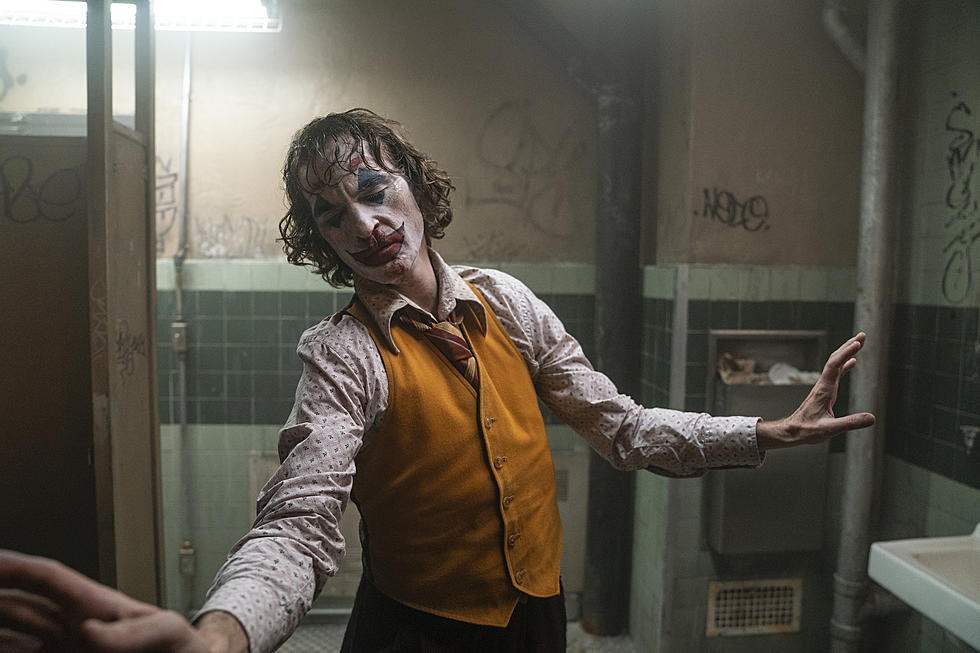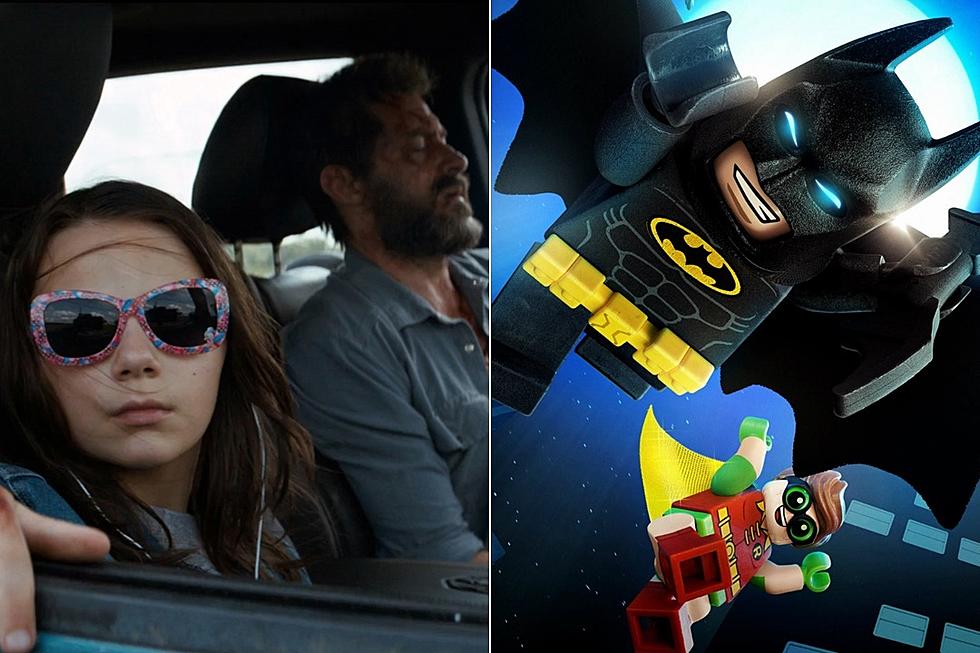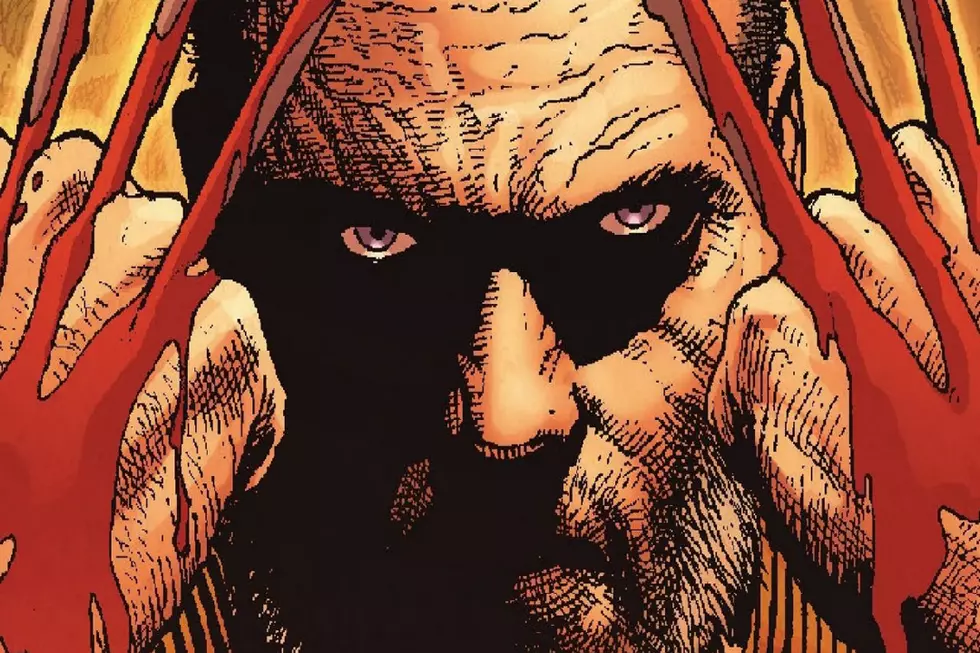![How Wolverine’s 1982 Mini Series Redefined Everyone’s Favorite Canadian [Mutant Week]](http://townsquare.media/site/622/files/2016/05/Wolverine-Miller.jpg?w=980&q=75)
How Wolverine’s 1982 Mini Series Redefined Everyone’s Favorite Canadian [Mutant Week]
Wolverine is, as the saying goes, the best there is at what he does. And what James "Logan" Howlett does best is make Marvel a ton of money. Since his first appearance fighting the Hulk in a comic by Len Wein and Herb Trimpe in 1974, to joining the X-Men, to making Hugh Jackman a box office draw, all the way to his recent death, Wolverine is one of the House of Idea's true superstars.
But the unspoken truth is that very few Wolverine stories are out-and-out great. Sure, there's a ton of great Wolvie moments out there --- "Now it's my turn!," that bit in his Civil War tie-ins where he survives being burned to atoms, "Tell Cyclops I made him a convertible" and so on --- but very few Wolverine-centered comics are classics. One exception to that rule is the original 1982 Wolverine mini-series by Chris Claremont and Frank Miller.
After seven years running around with the X-Men, hinting at his mysterious past, and clashing with Cyclops over Jean Grey, it was decided Logan needed a solo miniseries. According to the excellent episode of X-Plain The X-Men episode that covered this mini series, writer Chris Claremont and writer/artist Frank Miller came up with the basic idea while sharing a cab at San Diego Comic-Con, so they were tasked with creating the four-issue series.
So this is basically the "Million Dollar Quartet" of comics. Two of Marvel's hottest talents--one on an immense hot streak with a franchise he basically created, and another in the back half of a legendary Daredevil run that made people care about Matt Murdock --- just running into each other and coming up with a plot that spoke to both of them.
Running from September-December 1982, Wolverine sees Logan returning to Japan to find his long-lost love Mariko Yoshida after all his letters to her get sent back. He knows she married, but he's shocked and angered to learn that her husband, a toady to her crime lord father, Shingen, beats her. Wolverine dukes it out with Shingen and the ninja order The Hand (which Miller created in Daredevil), and hooks up/fights with assassin Yukio on a quest to save Mariko and take down Shingen's vast crime empire.
Issue one features with the most iconic Wolvie cover (up top), and Logan hunting and killing a rampaging bear in the Canadian wilderness, finding out it was hit with a drug-laced dart, then hunting down and beating up the Rupert Thorne-looking hunter who fired it. Nowadays, that plot would take up a one-shot or a two-issue miniseries, but Wolverine does it in six pages. And these pages showcase the three things that make this miniseries great:
1. Claremont's terse, to-the-point writing. The guy is fondly and lovingly mocked for his so-purple-Jessica-Jones-would-fight-it-prose, but Logan doesn't speak like that. And Claremont knows we know that.
So while Logan is our narrator, he never gives us more info than he needs to. And he delivers his dialogue it in a voice that's gruff, world-beaten, and at least a little whiskey-soaked. I wouldn't be surprised if the way Claremont writes Wolverine here ended up influencing the way Jim Gordon was written in Batman: Year One.
2. Miller's one-of-a-kind pencilling, staging and narrative symmetry. In 1982, Frank Miller was near the height of his powers. The panel layouts, compositions, and sense of movement and placement all work together to produce arresting image after arresting image throughout the story. Whether it's Wolverine fighting a bear, a horribly battered Mariko, or the many great fight scenes with Wolverine, ninjas and/or Shingen, every image gets burned into your head. The whole series is a masterclass on how to effectively draw and stage action.
3. The coloring by Glynis Oliver, nee Wein. Like most colorists, Oliver has done a mind-boggling amount of work, largely for Marvel, where she's worked on everything from Spider-Man to Star Wars. She does some truly phenomenal work here, making Miller's pencils pop while adding layers of emotional resonance.
From Wolverine's red-tinted rage to the popping neon signs of nighttime Tokyo, she adds a lot of this story's flair. In the process, she and Miller prove to be as great a team as Miller and Lynn Varney, or Frank Quitely and Jamie Grant.
With these three factors all working in sync, the story is one of the tightest in X-Men history. While this story still operates in the "every issue is somebody's first, so let's reexplain Wolverine's powers at the start of each one" mode, that's never distracting enough to be an issue.
On the contrary, because Wolverine's constantly recounting his powers and abilities, it's a persistent riff of, "Yeah, I can't be messed with." It smartly underscores the phenomenal action we're seeing unfold on the page..
Besides Logan, Yukio is the breakout star here. She's a firecracker, and more than a match for Logan on every level.
It's easy to compare their relationship to that of Daredevil and Elektra, but with even higher stakes behind it. Neither of those characters is a creature of pure animal instinct like Logan. Yukio is very much in the mold cast by Elektra, but she's uniquely her own person, and a great foil to Wolverine.
If you've never checked it out, the original Wolverine mini series is well worth investigating. If nothing else, you'll understand why people still love Wolverine all these decades later. It's not just the hair.
More From ComicsAlliance









